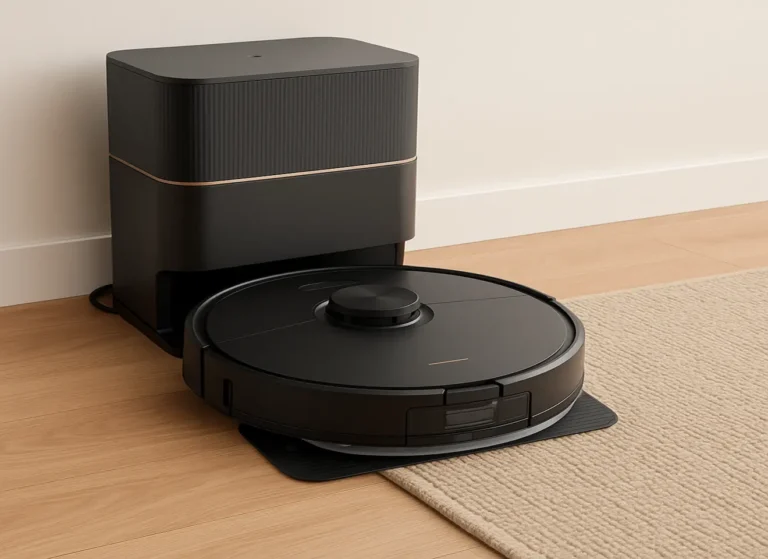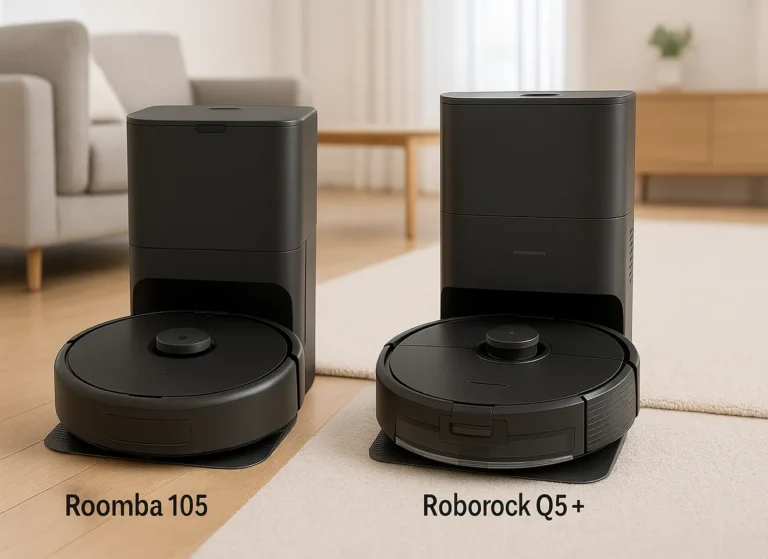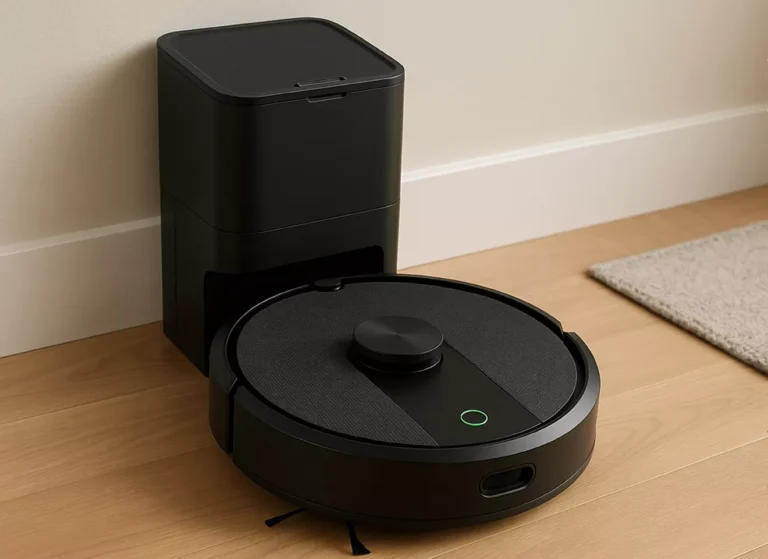How to Secure Your Smart Home: 10 Essential Safety Tips
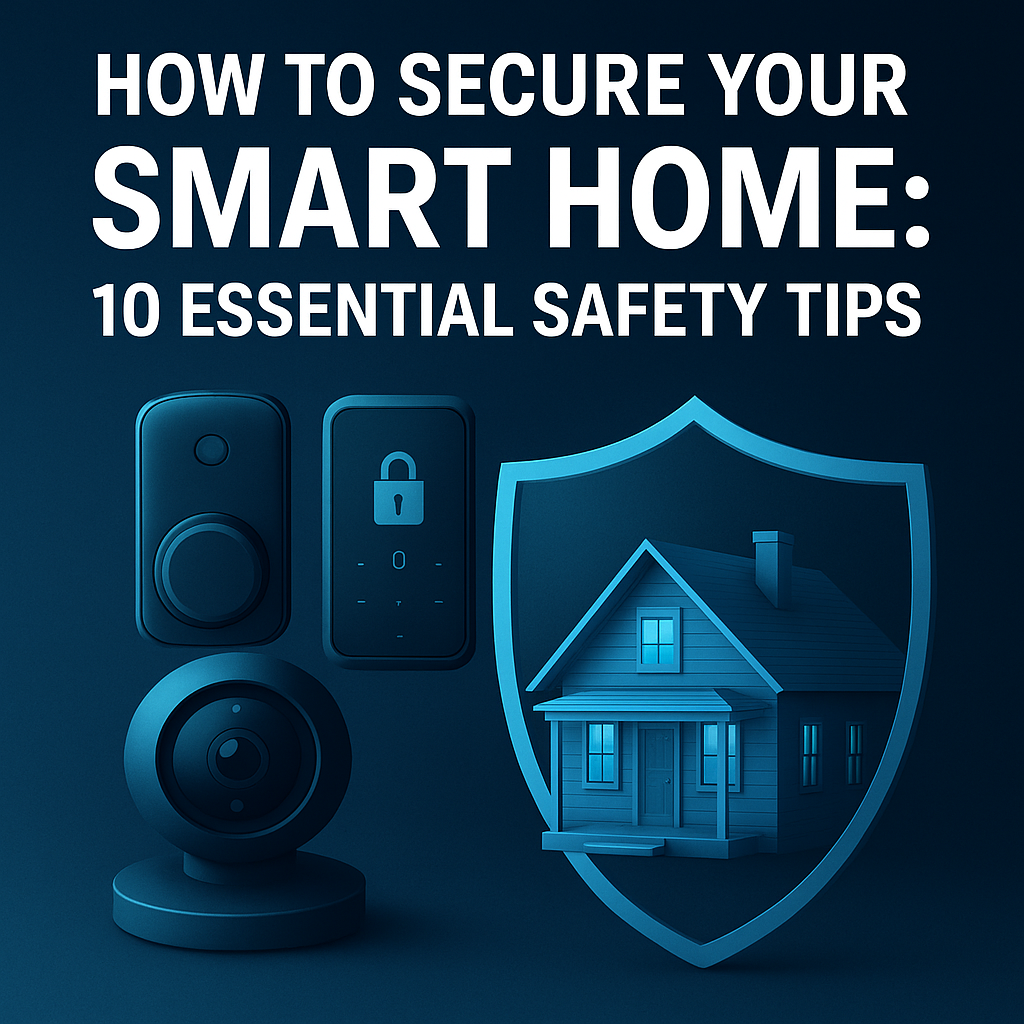
Why Smart Home Security Is More Important Than Ever in 2025
Your smart home can brew your coffee, lock your doors, adjust the thermostat, and even remind you to water the plants. But in 2025, it can also be a target for cybercriminals, privacy intrusions, and—believe it or not—good old-fashioned burglars. With every connected gadget you add, you open another potential entry point for unwanted guests, both physical and digital.
According to Statista, the global smart home market is expected to surpass $200 billion in the next few years. That’s a lot of connected devices—and a lot of potential vulnerabilities if security isn’t handled properly. As CNET notes, securing your smart home isn’t just a “techy” chore anymore; it’s a basic part of protecting your family and your privacy.
So, how do you secure your smart home without turning it into Fort Knox? Let’s dive into ten essential tips that balance safety, convenience, and that futuristic comfort you signed up for.
Secure Your Wi-Fi Network from the Ground Up
Your Wi-Fi is the backbone of your smart home. If it’s weak or insecure, everything else is at risk. As TechRadar emphasizes, the first step is to change the default admin name and password on your router. Default credentials are hacker gold.
Next, ensure you’re using WPA3 encryption—the latest and most secure Wi-Fi standard. This protects the data transmitted between your devices and your router, making it much harder for outsiders to intercept.
Consider disabling remote management unless you truly need it, and keep your router’s firmware updated. Cyber threats evolve fast, and manufacturers release security patches regularly.
Use Strong, Unique Passwords for Every Device
We get it—passwords are a pain. But using “smartlock123” for every device is basically an open invitation to trouble. Consumer Reports recommends creating strong, unique passwords for each smart home gadget and using a password manager to keep them all straight.
A strong password combines uppercase and lowercase letters, numbers, and symbols—and avoids obvious choices like your birthday or pet’s name. If your smart home app allows passphrases (longer strings of words), that’s even better.
Turn On Two-Factor Authentication Wherever Possible
Even the strongest password can be compromised. That’s where two-factor authentication (2FA) steps in, adding an extra verification step, like a code sent to your phone or an authentication app. Wired calls 2FA “the single best thing you can do for account security.”
Enable it for your smart home hub, camera apps, and any cloud service linked to your devices. Yes, it adds a few seconds to the login process, but it’s a small price to pay for the extra layer of protection.
Keep Firmware and Apps Updated—Always
Manufacturers push updates not just for new features but also to patch security vulnerabilities. As CNET points out, skipping updates is like leaving your front door unlocked.
Turn on automatic updates if possible, especially for your smart home hub, security cameras, and any devices controlling locks or alarms. For gadgets that require manual updates, set a monthly reminder to check for new firmware.
Set Up Guest Networks for Visitors and IoT Devices
Not all devices—and definitely not all visitors—need full access to your main network. PCMag recommends setting up a separate guest Wi-Fi network for smart TVs, voice assistants, and other IoT gadgets.
This isolates them from your personal devices, so even if a guest’s phone or an IoT device is compromised, the attacker can’t reach your primary network.
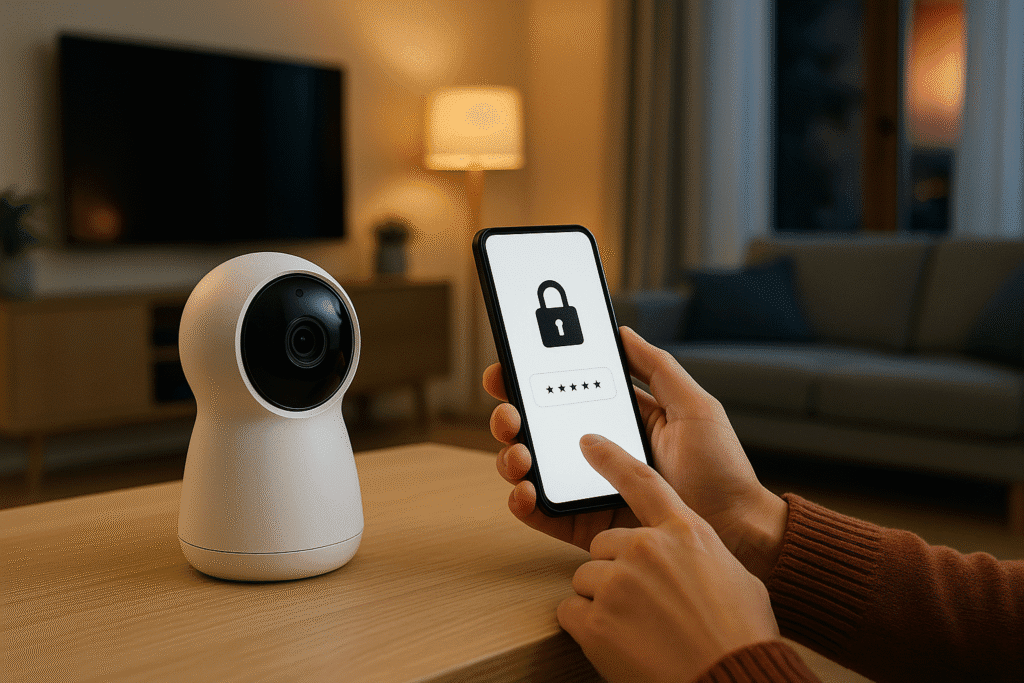
This image has been generated using AI for illustrative purposes only and does not represent an actual product image
Monitor and Control Access Permissions Regularly
When was the last time you checked which apps and users have access to your smart home system? TechRadar warns that old accounts—like those of former roommates or guests—can linger with full control if you’re not careful.
Review your smart home app’s permissions every few months. Remove any users who no longer need access, and limit admin rights to only those who require them.
Integrate Security Cameras with Encrypted Storage
A camera that streams and stores footage without encryption is a privacy nightmare waiting to happen. Tom’s Guide suggests choosing models that offer end-to-end encryption and secure cloud storage.
If you prefer local storage, use encrypted drives or secure network-attached storage (NAS) devices. Always change default passwords on cameras and disable features you don’t use, like remote viewing.
Automate Lighting and Presence Simulation
Smart lighting isn’t just for convenience—it can be a security tool. As SafeWise explains, automating lights to turn on and off when you’re away can make it look like someone is home.
Some smart hubs allow integration with motion sensors, so lights respond dynamically to movement. It’s a simple, low-cost deterrent against potential intruders.
Back Up Your Smart Home Settings and Data Securely
Imagine spending hours configuring your smart home, only to lose it all after a power surge or hardware failure. ZDNet advises backing up settings whenever possible—many smart home platforms offer export options.
Store backups in a secure, encrypted location, whether that’s a cloud service with strong encryption or an offline drive kept in a safe place.
Educate Everyone at Home About Cyber and Physical Security
Your smart home is only as secure as the people using it. Cybersecurity & Infrastructure Security Agency (CISA) emphasizes that user behavior plays a huge role in security.
Teach family members and roommates basic best practices:
Don’t share passwords.
Recognize phishing attempts.
Report suspicious activity immediately.
It’s not about turning everyone into a cybersecurity expert—just making sure they know enough to avoid common mistakes.
Building a Smarter, Safer Home for the Future
Securing your smart home isn’t a one-time task—it’s an ongoing process that evolves as technology (and threats) change. By following these ten essential tips, you create a safer environment for your family, protect your data, and get the most out of your smart devices.
As TechRadar puts it, “A truly smart home is one that’s secure by design, not by accident.” So take the time, make the adjustments, and enjoy the peace of mind that comes from knowing you’ve taken control of your connected world.
FAQ
What is the first step to secure your smart home?
Start by securing your Wi-Fi network with a strong password and WPA3 encryption.Should I put my smart home devices on a guest network?
Yes, it isolates them from your personal devices and adds a layer of security.Do I really need to update smart home devices regularly?
Absolutely—updates patch vulnerabilities and keep devices secure.
Explore More
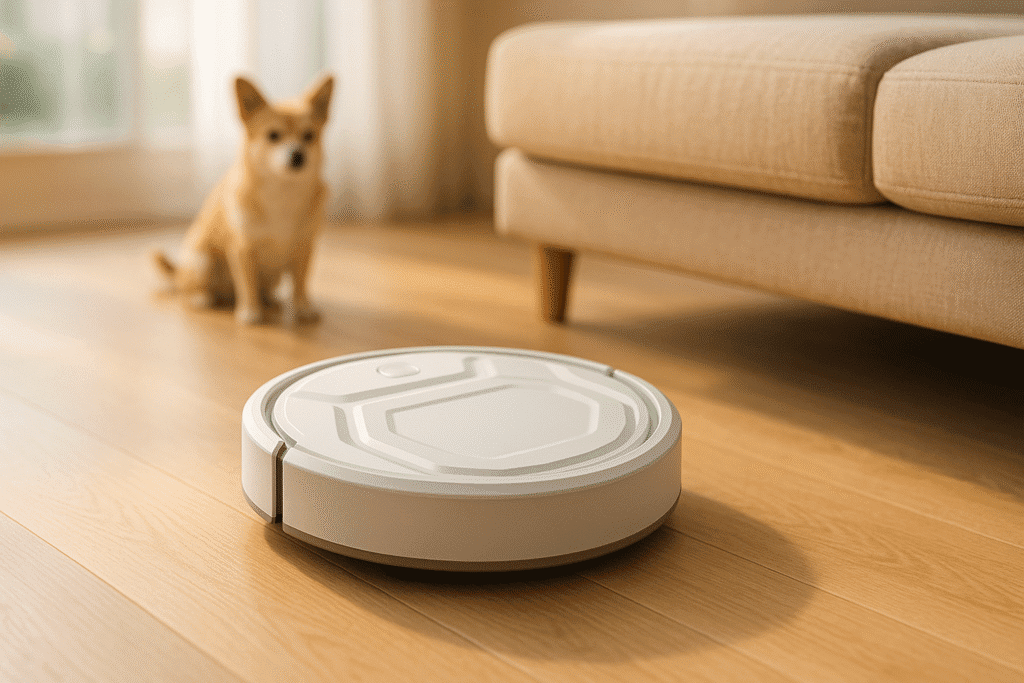
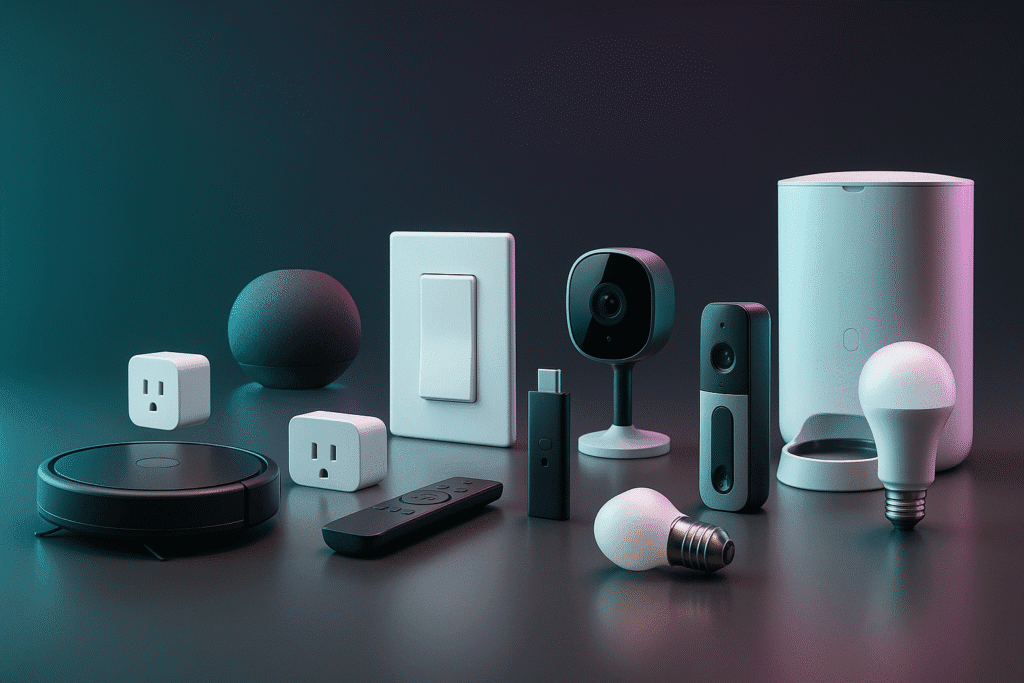
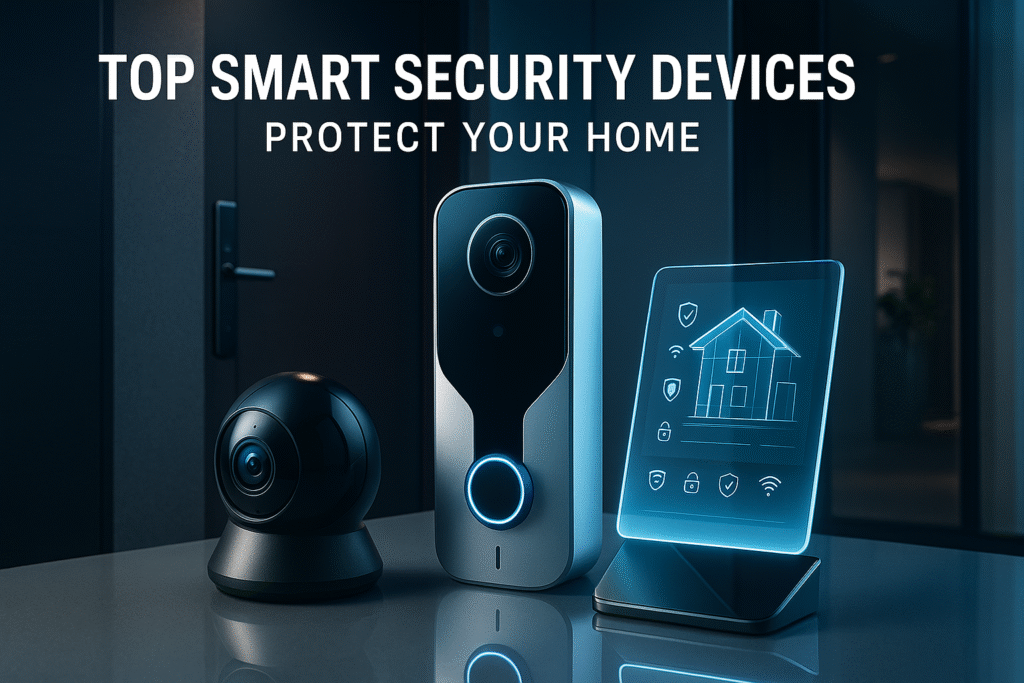
Related posts:
- Smart Thermostat Energy Saving Tips That Actually Help You Save by EasySmartHomeGuide Editorial Team — Updated 1 September, 2025 Smart...
- ecobee Smart Thermostat Essential Review: Easy Energy Savings with Alexa, Siri, and Google Assistant by EasySmartHomeGuide Editorial Team — Updated 9 October, 2025 ecobee...
- What is a Smart Home? A Beginner’s Guide to Living Smart What is a Smart Home? A Beginner’s Guide to Living...
- What Smart Homes Can Do – 9 Surprising Ways to Automate Daily Life What Smart Homes Can Do – 9 Surprising Ways to...

